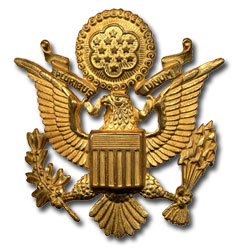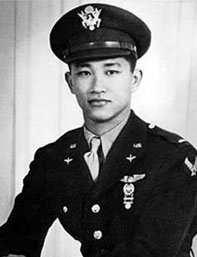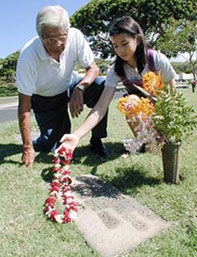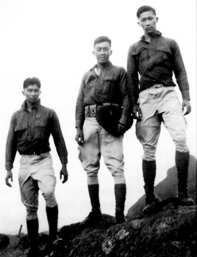Army Air Corps 2nd Lt. Wau Kau Kong was only 25 when he flew his 14th and final mission over Germany on Feb. 22, 1944.
As the military's first Chinese-American fighter pilot, Kong is described as "a guy with a lot of charisma" by Mun Charn Wong, a fellow McKinley High School and University of Hawaii graduate, who has spent the past 55 years perpetuating Kong's memory.
"He (Kong) had a great zest for living and was loved by many people," said Wong, who graduated with Kong from McKinley High School in 1936 and served with him in UH's Army ROTC unit, receiving their second lieutenant bars four years later.
Since 1949, Wong, an insurance executive, has worked quietly to keep Kong's memory alive: first by starting a scholarship program with his UH fraternity -- Peng Hui -- and later through the University of Hawaii Foundation. Currently, the university AFROTC program continues that tradition by awarding $2,500 scholarships annually to four or five outstanding cadets from Hawaii.
Born and raised in Palama, Kong was one of five children of Yim and Mary Shee Kong. Wong said as a research chemist for the U.S. government Kong could have avoided being called to combat duty. Instead, Kong chose to volunteer for the Army Air Corps and because of his high entrance exam was accepted into the aviation cadet training program.
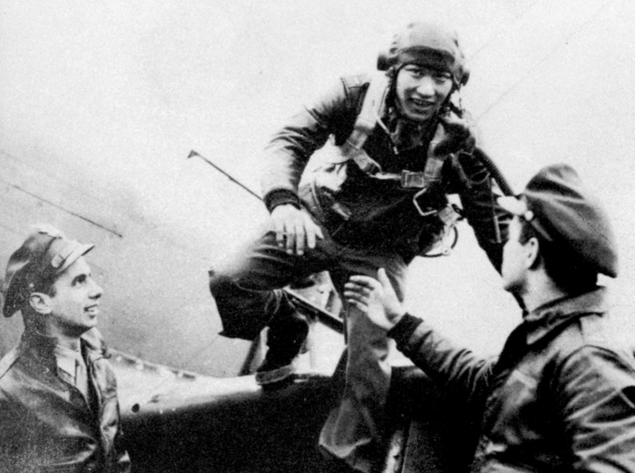
2nd Lt. Wau Kau Kong is greeted by Capt's Wallace N. Emmer (left) and Don M. Beerbower after a mission. Kong's first aerial victory was a FW-190 during an escort and target support mission over Frankfurt on 11 February 1944, flying P-51B Mustang FT-D, S/N 43-12161. On 21 February he would share in the destruction of a ME-410 with his commanding officer Maj. Jack T. Bradley.
On Oct. 23, 1943, Kong boarded a convoy bound for England and assignment to the 353rd Fighter Squadron of the 354th Fighter Group. He was assigned to a new and powerful aircraft -- a P-51B Mustang, which he named "Chinaman's Chance" on one side of the cowling and "No Tickee-No Washee" on the other.
During an interview with an Army public relations officer in 1943, Kong mentioned a few things to spice up his reputation since at that point he still hadn't scored any victories. Kong told the Army officer: "You could announce that Kong is without question the handsomest pilot in the ETO (European Theater of Operations)."
When Kong bagged his first kill it made Time magazine in its Feb. 28, 1944 edition.
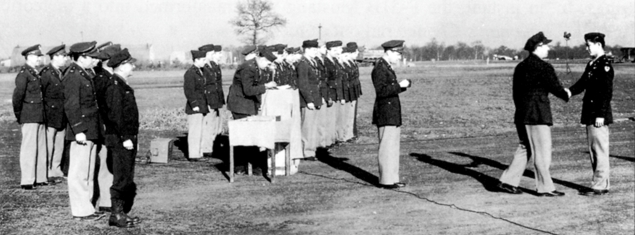
2nd Lt. Wau Kau Kong is awarded the Air Medal for "meritorious achievement in combat" by Brigadier General E.R. Quesada, commander of the IX Fighter Command in England.
Wong said he was devastated when he learned of his friend's death. He had been promoted to captain and had sent Kong his old silver first lieutenant bars as a symbol of their friendship. But the package came back unopened, marked "Return to sender, addressee deceased."
After V-E Day in 1945 while waiting to be sent back to Hawaii, Wong decided to try to find out what happened to his friend. With permission from his commanding officer, a Jeep and a translator, Wong drove to Blomberg, Germany, using tips gathered from various military officers. There he found the caretaker of a cemetery who said the body had been moved to the American Cemetery in Holland. The mayor of Blomberg suggested Wong visit a village north of town where by accident Wong found a schoolteacher who had witnessed Kong's last dogfight. "I ran into this person on the road," Wong said. "It was sheer fate."
The teacher led Wong into the mountains where Kong's Mustang had crashed. Kong's plane had cut the tree in half, but a stump remained. Wong's remains were later shipped from Holland to the National Cemetery of the Pacific in a spot overlooking the neighborhood where he grew up.
Headquarters, 1st Lt. Frederic S. Burkhardt, Historical Officer's entry into the 354th Fighter Group Historical Record for February 1944
February 22nd saw the German cities of Oschersleben and Halberstadt under air siege with 47 of our planes, led by Lt. Col. Bickell, taking part in this ‘blitz’. Again our claims were high – 13 destroyed, 1 probable and 7 damaged while one of our pilots failed to return. This time it was Lt. Kong of the 353rd Sq., who, being the only Chinese pilot in this Theatre, had gleefully advertised himself as the “handsomest and hottest Chinese pilot in the ETO.” Kong will long be remembered by his buddies for just such pleasantries and it is indeed a real lost for this Theater to be without its handsomest and hottest Chinese pilot.

